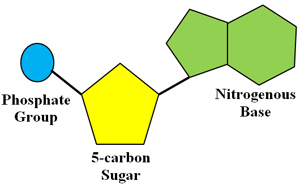Carbohydrate, lipids, proteins and nucleic acids are 4 major groups of biomolecules that make up cells in organisms. They are responsible for everything from the storage of energy to support structures within a cell system.
The elements carbon, hydrogen, oxygen, phosphorus, sulfur and nitrogen, in different combinations, make up each of the molecules. How these elements are arranged dictates the type of molecule that’s formed.
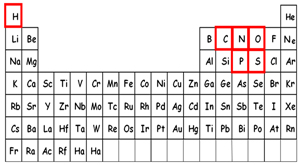
All organic compounds have a single basic building unit called a monomer. Monomer comes from the Greek words monos, meaning "single" and meros meaning "part." Monomers join together to form polymers. The prefix poly comes from the Greek word polus, meaning many," so polymer means "many parts."
Monomers are put together to make variations and different forms of each organic compound.

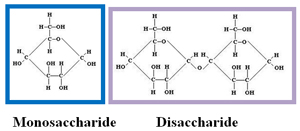
Carbohydrates are compounds made up of carbon, hydrogen and oxygen atoms. Examples of carbohydrates are glucose, starch and cellulous.
The monomer of a carbohydrate is a monosaccharide (a simple sugar). In monosaccharaides the elements hydrogen, carbon and oxygen make a circle or ring shape.
Monosaccharides are bonded together to make other carbohydrates, such as disaccharides and polysaccharides. Living things use carbohydrates as their main source of energy.
Lipids are large biomolecules that are insoluble in water meaning they do not dissolve in water. Lipids are made of carbon, hydrogen and oxygen atoms and can easily be identified by the long chains of carbon and hydrogen. The general shape of a lipid is like the capital letter E. Lipids are used to store energy and are an important part of the cell membrane. Examples of lipids are fats, oils, and waxes.
Lipids are made up of 2 main parts a glycerol molecule and a fatty acid.
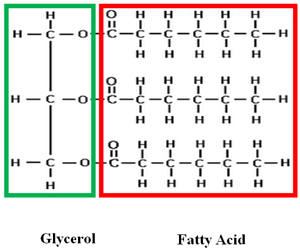
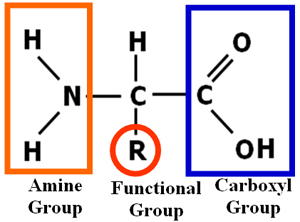
Nucleic Acids are biomolecules containing hydrogen, oxygen, nitrogen, carbon and phosphorous. Nucleic acids are polymers made from individual monomers called nucleotides. Nucleotides consist of three parts: a 5-carbon sugar, a phosphate group, and a nitrogenous base.
Nucleic acids store and transmit hereditary or genetic information. There are two kinds of nucleic acids: ribonucleic acid (RNA) and deoxyribonucleic acid (DNA).
